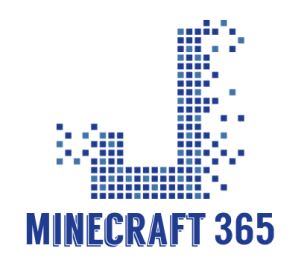In the digital age, video games have transcended traditional consoles and desktops to embrace the power of the cloud. Cloud gaming, also known as game streaming, is rapidly shaping the future of the video game industry by allowing gamers to play any game, anywhere, without the need for expensive hardware. This disruptive technology promises to revolutionize gaming accessibility, performance, and user experience.
The Evolution of Cloud Gaming
The concept of cloud gaming isn’t novel. It dates back to the early 2000s with pioneering platforms like OnLive and Gaikai. Despite initial setbacks due to inadequate internet speeds and infrastructural challenges, the technology has seen significant advancements in recent years. Modern cloud gaming services like Google Stadia, Nvidia GeForce Now, Microsoft xCloud, and PlayStation Now are gaining traction by leveraging sophisticated cloud infrastructure and unparalleled internet connectivity.
| Service | Launch Year | Key Features |
|---|---|---|
| Google Stadia | 2019 | 4K streaming, cross-platform play, exclusive games |
| Nvidia GeForce Now | 2015 | High-performance GPUs, extensive game library, platform versatility |
| Microsoft xCloud | 2020 | Integration with Xbox Game Pass, wide device compatibility |
| PlayStation Now | 2014 | Legacy PlayStation titles, streaming and downloading options |
Benefits of Cloud Gaming
Accessibility
One of the most significant advantages of cloud gaming is its accessibility. Gamers no longer need to invest in high-end gaming consoles or gaming PCs. With a stable internet connection, they can access and play games on a variety of devices, including smartphones, tablets, and smart TVs.
Cost Efficiency
Cloud gaming eliminates the need for costly hardware upgrades. Instead of buying a new console or upgrading a graphics card, gamers can subscribe to a cloud gaming service and play the latest games at high settings. This shift from a capital expenditure to an operational expenditure model is economically favorable for both casual and hardcore gamers.
Seamless Updates and Maintenance
Games and software on cloud platforms are updated and maintained by the service providers. This ensures that gamers always have access to the latest patches and updates without having to manually download them. It also reduces the risk of encountering hardware-related issues.
Cross-Platform Play
Many cloud gaming services support cross-platform play, enabling users to play with friends regardless of the device they are using. This fosters a more inclusive gaming community and removes the traditional platform barriers.
Challenges and Concerns
Internet Dependency
Despite its numerous advantages, cloud gaming heavily relies on a high-speed and stable internet connection. Slow or unstable connections can lead to latency issues, buffering, and a laggy gaming experience.
Data Security and Privacy
With all game data stored on cloud servers, there are concerns regarding data security and privacy. Cyberattacks and data breaches pose significant risks, and robust security measures are essential to protect sensitive user information.
Bandwidth Consumption
Streaming high-definition games consumes substantial bandwidth. Gamers with limited internet plans may face additional costs or data caps, making it less viable for some users.
The Future of Cloud Gaming
Despite these challenges, the future of cloud gaming looks promising. Advances in internet technology, such as the rollout of 5G, are expected to mitigate many of the current limitations. Additionally, continuous improvements in cloud infrastructure and cybersecurity measures will further strengthen the viability of cloud gaming.
Creative collaborations between game developers and cloud service providers will lead to the creation of innovative gaming experiences that leverage the full potential of cloud computing. The integration of artificial intelligence and machine learning will bring about smarter game environments and more personalized gaming experiences.
As cloud gaming continues to evolve, it is likely to become the standard in the gaming industry, offering unparalleled flexibility, convenience, and an ever-expanding game library to millions of gamers worldwide.
Conclusion
Cloud gaming stands at the forefront of the next wave of technological innovation in the gaming industry. With its promise of broad accessibility, cost efficiency, and seamless gaming experiences, it holds the potential to transform the way video games are played and enjoyed. While there are hurdles to overcome, the relentless pace of technological advancements assures a bright future for cloud gaming, paving the way for a new era of immersive and accessible gaming.
